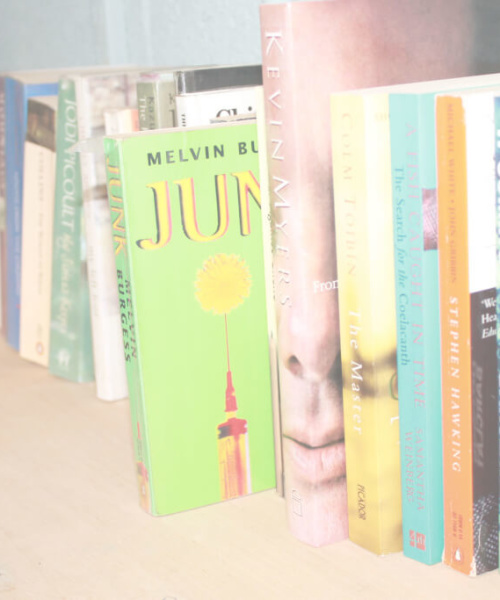Technological Education: Roots in the past, branching into the future.
Woodwork
Subject Overview
Materials Technology Wood (MTW) is one of the technology subjects offered at junior cycle. In MTW you will learn to design small projects and the skills required to use tools and equipment to make your designs. You will work mainly with wood but also with other materials. You will learn about wood as a material and how it is produced.
Content
What will I learn in MTW?
Some of the things you will learn include:
- how to design a project given a brief description of what you are to make
- how to use the internet for research purposes
- how to use freehand sketching to communicate your ideas
- how to prepare a design drawing/plan of a project you design
- how to read design drawings and make small projects from these drawings
- how to safely use a range of hand and power tools in producing your design.
In the MTW department we use a number of different methodologies such as:-
Questioning is used to engage students in the learning activity and to check understanding of previous knowledge. It encourages the student to explain and give reasons for their answers. It can be used to promote and build self confidence in front of their peers.
Practical Class Demonstrations are carried out to show students specific marking out and processing procedures. Equipment used may include blackboard, models and data-projector.
Spot Demonstrations take place at a student’s own desk and may help clarify a construction or procedure for completion of work.
Workbook is used to revise completed class work and reinforce topics.
Explaining is a valuable teaching method and can be used to introduce new topics and concepts. The use of models, posters, blackboard, computer models, and PowerPoint presentations will enhance teacher explanations.
Discussions are used to explore a topic. This allows students to express their views/opinions and to learn by listening to others.
Collaborating allows the students to talk amongst each other when small items need to be clarified. This is especially useful if a student of better ability is sitting beside a student of lesser ability.
Other effective methodologies include use of displays, exhibition of student’s class work, and review of past projects to meet our students’ needs.
This leads to students mastering the following skills:
- To examine trees, their leaves and seeds and be able to recognise their varying characteristics
- to investigate how trees affect the environment around us
- to learn to sketch freehand
- to learn how to problem solve and use a design process to design projects
- to develop your craft skills to allow you to make projects
- to prepare a design folder to accompany your project.
Assessment
There are two parts to the exam:
- coursework – you will design a project based on a given design brief (instructions).You will then make the project and prepare a project folder to accompany it (66%).
- written examination – there will be a two hour written paper which examines the woodwork theory you have learned over the three years(33%).
You can take the exam at Higher or at Ordinary level. When the time comes to decide, your teacher will help you choose the level that suits you best.
In school assessment is carried out in the following ways:
- Observation in class
- Questioning in class
- Homework
- Review of class work in student’s folders/workbooks
- Formal in-house exams at Christmas and Summer
- Mock exams

